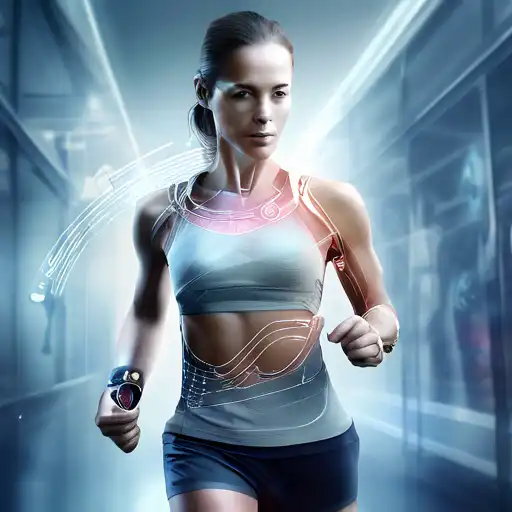The Rise of Wearable Technology in Health and Fitness
In recent years, wearable technology has emerged as a cornerstone in the health and fitness industry, revolutionizing how we monitor our physical activity, sleep patterns, and overall well-being. From smartwatches to fitness bands, these devices offer unparalleled insights into our daily health metrics, empowering users to take control of their fitness journeys like never before.
Understanding Wearable Technology
Wearable technology refers to electronic devices that are worn on the body, often as accessories or part of clothing, designed to track, analyze, and transmit personal health and fitness data. These devices leverage advanced sensors and connectivity to provide real-time feedback, making them indispensable tools for health enthusiasts and professionals alike.
Key Benefits of Wearable Fitness Devices
- Real-time Health Monitoring: Track your heart rate, calories burned, and steps taken throughout the day.
- Sleep Analysis: Gain insights into your sleep patterns and quality to improve rest and recovery.
- Personalized Fitness Plans: Many devices offer customized workout recommendations based on your activity levels.
- Motivation and Accountability: Set goals and receive notifications to stay on track with your fitness objectives.
Popular Wearable Devices in the Market
The market is flooded with a variety of wearable devices, each offering unique features to cater to different needs. Some of the most popular include the Apple Watch, Fitbit Charge, and Garmin Vivosmart. These devices not only track fitness metrics but also integrate with smartphones to provide a seamless user experience.
Challenges and Considerations
While wearable technology offers numerous benefits, there are challenges to consider, such as data privacy concerns, the accuracy of sensors, and the need for regular charging. It's important for users to research and select devices that best fit their lifestyle and health goals.
The Future of Wearable Technology
The future of wearable technology in health and fitness looks promising, with advancements in AI and machine learning paving the way for more personalized and predictive health insights. As these devices become more integrated into our daily lives, they will continue to play a pivotal role in shaping the future of personal health and fitness.
Wearable technology is not just a trend; it's a health and fitness revolution that's here to stay. By embracing these innovations, individuals can achieve a higher level of health awareness and physical performance, making every step count towards a healthier future.
